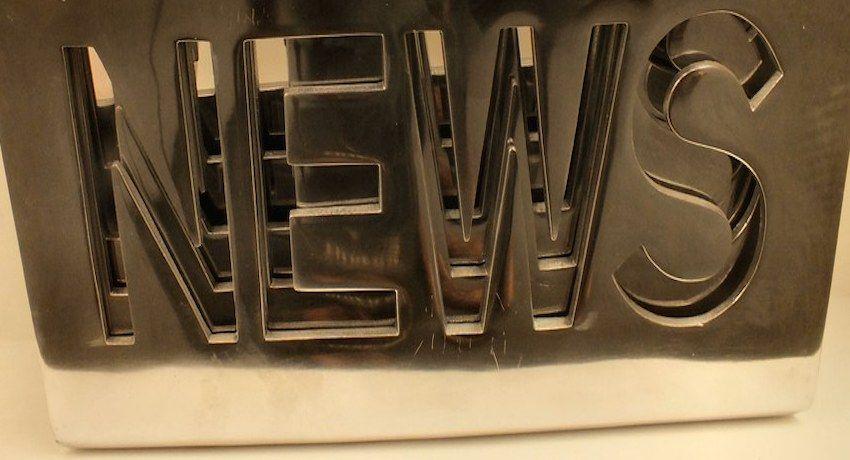
APIRETAL
The Spanish pharmaceutical company Laboratorios Ern, S.A. registered in 2006 the word sign “Apiretal” as an EUTM, for goods in class 5, including among others ‘Pharmaceutical and veterinary preparations; dietetic substances adapted for medical use, food for babies; disinfectants for medical purposes; preparations for destroying vermin; fungicides, herbicides’.
In 2017, the German pharmaceutical Boehringer Ingelheim filed an application for revocation of the mark, alleging lack of genuine use of the mark at issue within the period of 5 years since the application date, for all products included in class 5, with the exception of “pharmaceutical preparations”.
The cancellation division of the EUIPO and later the BoA upheld the revocation, since they considered that the evidences of use submitted only concerned products for “pharmaceutical preparations” and not for all goods in class 5. In addition to this ground, the EUTM holder did not offer any justified reason for the non-use of the EUTM. The Spanish pharmaceutical company then escalated the case to the General Court (GC).
From its side, the GC reminded that trade mark law grants the EUTM proprietor a monopoly over a sign for the designated goods and services. Therefore, it cannot consist in a “strategic and static depository”, hence the EUTM must be put to genuine use for all the designated goods and services. When trying to show genuine use, the applicant was able to prove the use of the mark “Apiretal” for pharmaceutical products for human use, concretely a paediatric antipyretic and analgesic, but didn’t submit evidences proving the use for the goods covered by the application for revocation.
Regarding the alleged reasons for non-use, the applicant argues that the Spanish Authority didn’t authorise using the mark in connection with the goods covered, since pharmaceutical products were already in commerce and it could involve a likelihood of confusion.
The court dismissed this ground since the applicant didn’t make any attempt to commercialise the goods in other EU countries, in which they could have marketed the goods at issue.
As a conclusion, here we can see the importance of designating only goods and services that are going to be effectively used in trade, in order to prove genuine use in case of an invalidity proceeding. Moreover, defensive registers are not admissible under EU law, since they undermine free competition and limit the signs which can be registered by others.
GRUYÈRE CHEESE
The cheesemakers consortium of the the well-known Swiss/ French cheese Gruyère started a legal dispute after their application, seeking trade mark protection for Gruyère cheese in the US, was rejected.
In a recent ruling from this week, the US District Court for the Eastern District of Virginia considered that Gruyère cheese, a typical Geographical Indication (GI) from the Swiss region of Gruyères, can be sold under this term, even if produced outside that region.
The court upheld that in the previous years there were massive imports of cheese labelled “Gruyère” not produced in Switzerland or France and which didn’t comply with the standards of the GI. For this reason, American consumers don’t associate the term “Gruyère” with cheese specifically produced in the region of Gruyères. Instead, it is considered as a generic term and as such, cannot be protectable under US trade mark law.
Therefore, in the US, it will be possible to find cheeses labelled “Gruyère” that will differ from the original one in size, weight and consistency. This could be harmful for the reputation of “Gruyère” cheese, and could result in a decrease of exportations and revenues.
This decision will only be applicable to the US, since “Gruyère” is a Protected Geographical Indication in the EU. European GIs are not automatically protected in third countries and not all of them can be protected elsewhere, since there are specific bilateral agreements between countries that constraint the number of protectable GIs. For example, “Roquefort” cheese is protected as a GI in the US, whereas “Asiago” cheese is not. It is for this reason that food producers sometimes try to compensate the lack of GI recognition by resorting to trade mark protection, as was intended by the Gruyère cheesemakers.
ERIC ZEMMOUR
The French extreme-right politician is being sued for copyright infringement for using 114 extracts of copyright protected works, without asking for the pertinent authorisations.
Concretely, the candidate recently broadcasted his campaign clip, which included images extracted from audiovisual and cinematographic works, such as films like Jeanne d’Arc, Un singe en hiver or even TV shows.
Some copyright holders of the aforementioned works, including major movie studios, decided to sue M. Zemmour for copyright infringement, since they were not asked for authorisation to include and distribute their material in his campaign clip. For sure this also entails concerns regarding the association of those notorious personalities with M. Zemmour’s political party.
It is interesting to recall that, as noted by the BLIP blog, Zemmour can in principle not rely on the exception of quotation in this particular case, as the use made of the clips goes beyond the (rather restrictive) quotation exception as implemented in French IP law.
The legal consequences are about to come, and from a legal perspective it would be interesting to see how the provisions foreseen in the new Copyright Directive will apply in this case. Since the clip at issue is still available on a popular video platform, the provision set forth in article 17 would apply, namely the liability for big platforms concerning the communication to the public of copyright infringed content.
Details
- Publication date
- 19 January 2022
- Author
- European Innovation Council and SMEs Executive Agency
